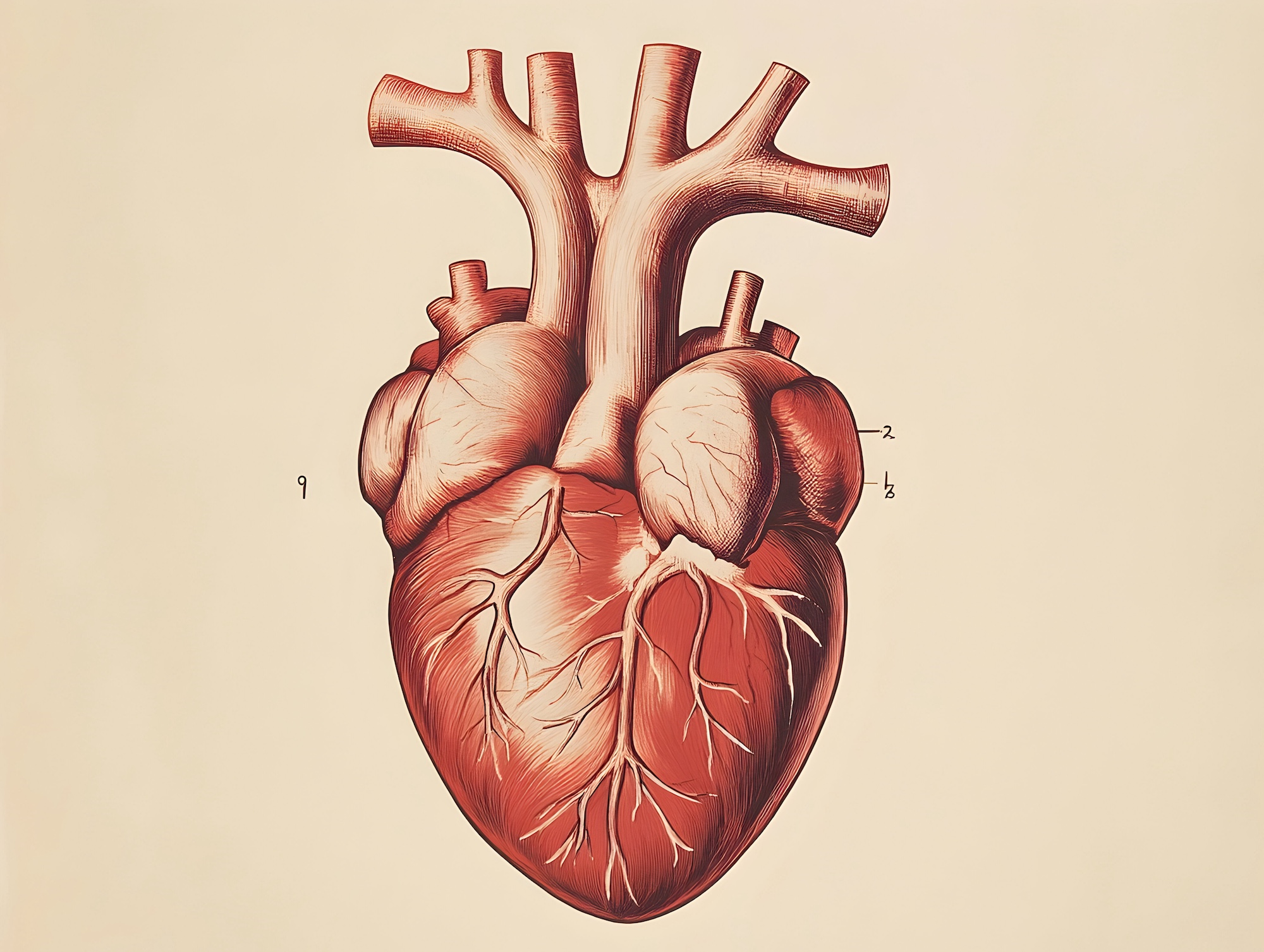Elastography: an innovative technique for assessing coronary artery stiffness.
Elastography is a non-invasive imaging method for measuring the elasticity of tissues and organs inaccessible to manual palpation. It involves detecting and measuring the propagation speed of an elastic wave, which is correlated with the hardness of the tissue under study and therefore with the patient’s state of health. This technique is already used to diagnose liver disease or characterize tumors, but could not be used to assess the stiffness of coronary arteries.
Radioelastography: a new approach to assessing coronary artery stiffness
To overcome this limitation, a team from Lyon has developed radio-elastography, a method that uses X-ray radiography to detect the bending wave of the coronary arteries. This wave, which is slower than the pulse wave, can be observed in a single plane thanks to a contrast medium and an algorithm based on the elastic theory of tubes. This technique has been validated on artificial blood vessels and on patients, enabling a stiffness score to be obtained for each individual.
A major advance in the diagnosis and management of cardiovascular disease
Thanks to radio-elastography, doctors will now be able to assess the stiffness of coronary arteries during coronary angiography, an examination commonly used to detect myocardial infarction. This additional information will help refine the diagnosis and adapt patient management, given that artery stiffness is a risk factor for cardiovascular disease. This breakthrough was made possible by the discovery of a second pulse wave, known as the “flexion wave”, by the Lyon-based team.
A try to be transformed:
At this stage, it’s a proof of concept,” says Stefan Catheline. The clinical relevance of this tool now needs to be validated by clinical studies. Eventually, we hope that all X-ray machines will be equipped with the algorithm that enables a tissue stiffness score to be obtained simultaneously with their observation. And while we have developed this algorithm to measure the elasticity of coronary arteries, applications could be found in other types of blood vessel, and in different organs such as the brain or lung, for example. “he anticipates.
Stefan Catheline is Inserm Research Director at the Ultrasound Therapeutic Applications Laboratory (Unit 1032 Inserm/Université Claude Bernard Lyon 1/Centre Léon Bérard), in Lyon.
Sources :
S. Grégoire et al. Towards quantitative X-ray elastography of coronary arteries using flexural pulse waves. Proc Nalt Acad Sci online edition April 29, 2025; doi: 10.1073/pnas.2419060122
This article has been adapted from content published by Inserm. Find the source article and all references on the Inserm website.

